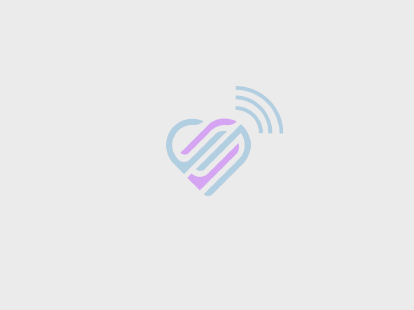Squill
Scientific Name(s): Urginea indica (Roxb.) Kunth. (Indian squill), Urginea maritima (L.) Baker (European or white squill), Urginea maritima var. pancratium Stein Baker (red squill)
Common Name(s): European squill, Indian squill, Mediterranean squill, Red squill, Scilla, Sea onion, Sea squill, White squill
Medically reviewed by Drugs.com. Last updated on Mar 21, 2022.
Clinical Overview
Use
Squill is a cardiotonic similar to digitalis. It also has been used in hair tonics to treat seborrhea and dandruff, as a cancer remedy, and as a rodenticide.
Dosing
Squill has been studied for its cardiovascular effects at an IV dose of methylproscillaridin 1 mg (a cardiac glycoside of the herb). Classical use of the dried bulb was at 100 mg doses. As with any cardiac glycoside-containing product, use squill with caution.
Contraindications
Contraindications have not yet been identified.
Pregnancy/Lactation
Documented abortifacient effects; affects menstrual cycle. Avoid use.
Interactions
None well documented.
Adverse Reactions
Adverse reactions include vomiting and convulsions, which generally are observed in overdose situations.
Toxicology
Although white squill and its extracts have the potential to induce life-threatening cardiac effects in relatively low doses, generally they have not been associated with human toxicity.
Scientific Family
- Liliaceae
Botany
White squill is a perennial herb that is native to the Mediterranean region. It often grows in sandy soil near the sea, and its onion-like appearance accounts for the common name sea onion or sea squil (and is synonymous with Drimia maritima). The bulbous portion of the base is harvested, and the dried inner scales of the bulb (not the central portion of the bulb) is used. White squill has sometimes been adulterated by the inclusion of Indian squill, which has comparable biological activity.1 Red squill is primarily used as a rodenticide.2
History
Some varieties of squill have been known to be effective rodenticides for more than a thousand years. In humans, extracts of the bulb were used as a cardiotonic by the Romans and ancient Egyptians for the treatment of edema, as an expectorant, and as an emetic. It continues to find use as an expectorant in some commercial cold preparations. Because of the popularity of the digitalis glycosides, squill components are rarely used in the United States as cardioactive agents, although squill was approved in 1985 by the German Comission E for cardiac insufficiency.
Chemistry
Squill contains a large number of related steroidal cardioactive glycosides. Those found in the greatest concentration in the bulb include scillaren A and proscillaridin A, the aglycone of both being scillarenin. In addition, glucoscillaren A, scillaridin A, and scilliroside have been characterized. In 1 study, the most common components identified in dried bulbs were scilliroside (approximately 45 ppm) and scillaren A (approximately 38 ppm)3; other studies have found proscillaridin A in the greatest concentration.4 Scillaren B refers to a mixture of squill glycosides.5 Components of squill tissue cultures appear to vary in quantitative composition from whole bulb extracts.6 Furthermore, extracts from fresh bulbs can vary based on the time of year they are collected. Many novel cardiac glycosides recently have been isolated and identified from squill.7, 8, 9,



